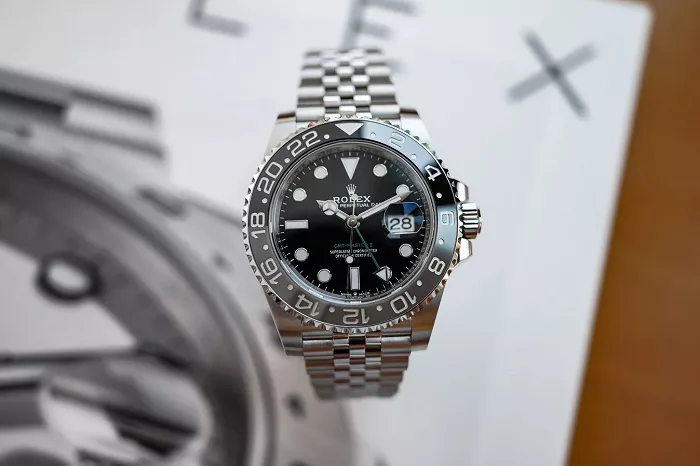The Swiss watch industry, as tracked by consultancy LuxeConsult and financial firm Morgan Stanley, is facing challenges. While the market set records in 2023, the latest report for 2024 reveals a slowdown, with macroeconomic and geopolitical issues affecting demand, particularly in the US, Europe, and China.
Export statistics show that Swiss watch exports were down 3% in 2024, which could be seen as a consolidation after record years in 2022 and 2023. However, this decline could also signal the start of a downturn for the industry. The LuxeConsult and Morgan Stanley report offers a detailed look at individual brands and segments, confirming the market’s contraction after a strong post-COVID rebound in previous years.
One of the most notable trends in the report is the increasing polarization of the market. The largest brands, including Rolex, Patek Philippe, Audemars Piguet, and Richard Mille, are largely unaffected by the slowdown and, in many cases, continue to grow. Meanwhile, second-tier brands are experiencing a sharp decline in sales. The report also highlights that the high-end segment is performing better than the mid-range and lower-end markets, with watches priced over CHF 50,000 making up 33.5% of total Swiss watch export value but contributing to 84% of growth in 2024.
The combined turnover of the top 50 Swiss watch brands decreased in 2024, from CHF 36.1 billion to CHF 35.3 billion. Additionally, the number of units sold dropped from nearly 16 million to just over 13 million, signaling a significant increase in the average price of watches.
The report also reaffirms the trend of polarization, with the top privately owned brands, particularly Rolex, Patek Philippe, Audemars Piguet, and Richard Mille, continuing to thrive. These brands captured 47% of the market share, a significant increase from previous years. Rolex, in particular, saw an estimated turnover exceeding CHF 10.5 billion, a CHF 500 million increase compared to 2023. Despite its less dramatic growth, Rolex’s dominant position remains unmatched in the luxury watch sector.
On the other hand, listed groups like LVMH, Richemont, and especially the Swatch Group, have seen declines in market share. The Swatch Group, in particular, reported a 14.6% drop in sales in 2024. Tudor, a sister brand of Rolex, also faced a difficult year.
In the jewelry/watchmaker category, brands like Cartier, Bulgari, and Van Cleef & Arpels performed well, gaining market share. Omega, part of the Swatch Group, followed a similar trend but with less dramatic declines than other Swatch brands.
In another important trend, larger independent watchmakers such as FP Journe, H. Moser & Cie, and MB&F continued to grow in 2024, following a strong rise in previous years. MB&F, in particular, entered the top 50 list for the first time.
Overall, while the Swiss watch industry is facing a slowdown, the most prestigious brands continue to strengthen their positions, and there are promising signs for certain independent watchmakers.
Related Topics:

